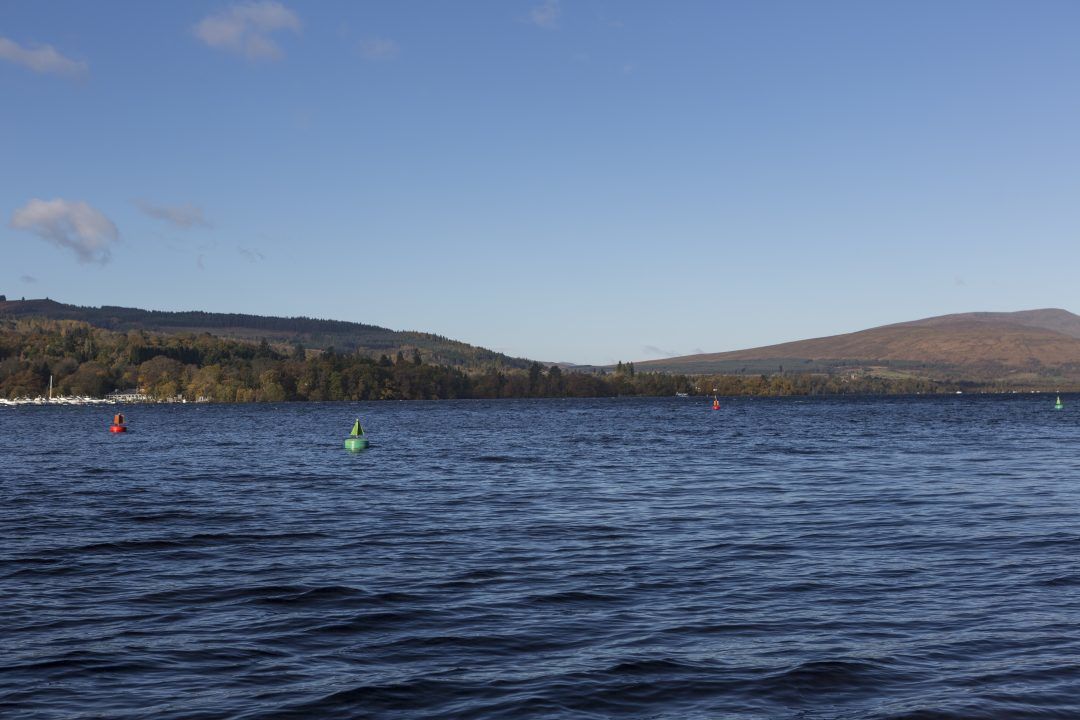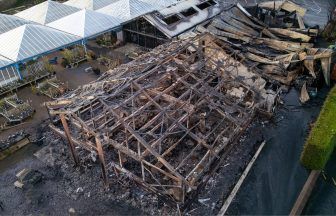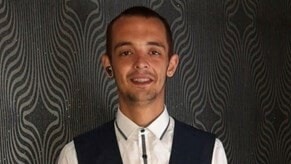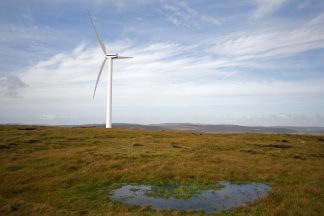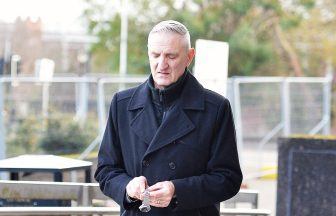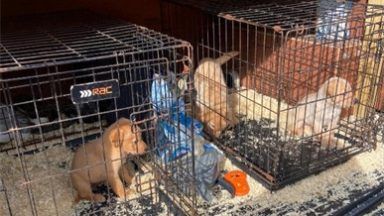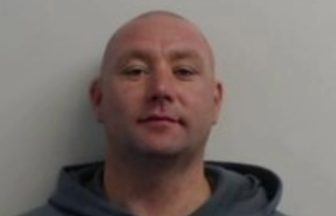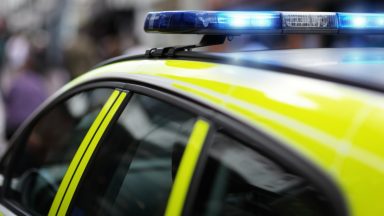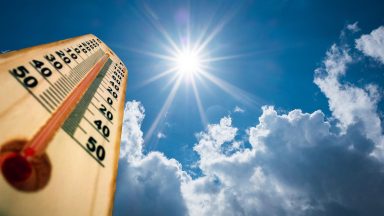Hoteliers and people living near Loch Lomond will be taught how to use life-saving equipment following one of the worst summers on record for drowning accidents.
Seven people died in Scottish waters within 24 hours in July, during a spell of warm weather.
Edina Olahova, 29, her son Rana Haris Ali, nine, and their friend Mohammad Asim Raza, 41, died after getting into difficulty in Loch Lomond on July 24.
And the family of Connor Markward, 16, who died near Balloch Country Park, called for lessons to be learned after his death.
Rescue services said educating the public on hazards such as currents and cold water shock is crucial – and called for more people to learn what to do if they spot someone in difficulty.
Hotel and bars owners in Newcastle, Norwich and York have been trained in life-saving techniques by the RNLI.
The move will now be replicated in Scotland, with initial training focussed on Loch Lomond.
It is hoped the training can be extended to those who live and work around the Clyde.
The first training session got under way yesterday (Thur) at Pinkston Watersports Centre in Port Dundas in the north of Glasgow.
Roy Cunningham of the RNLI was repeatedly pulled to safety in the chilly canal waters using a throw bag, after being instructed to float on his back.
Rescue experts say it is lighter and easier to use than the rings found near rivers and lochs.
Michael Avril, Regional Water Safety Lead for the RNLI in Scotland, said the tragedies in the summer had led to analysis about what works well and what could happen in the future.
He said: “Unfortunately we had that period where seven people lost their lives – an absolute tragedy and we know this is still raw with the families and I want to extend my condolences.
“One of the things we identified that could make a big difference is working better together in partnership and sharing resources and this is an example of that today.
“The RNLI has a product called the waterside responder scheme which teaches people to be able to teach members of the public how to use throw lines and how to call for help.
“What we are doing today is sharing that resource with our colleagues at Scottish Fire and Rescue Service and Loch Lomond National Park so that they can take our learning and use it ahead of next summer.
“One of the things that people have problems with in Scotland is cold water shock, which makes someone breathe really quick and the heart rate go really fast and that incapacitates you – you start to panic, so our advice is to get on to your back and don’t try to swim until your body settles down, which can take 30 seconds to a minute.”
Loch Lomond is 22 miles long and up to five miles wide – its deepest part is near Inversnaid, where it sinks to 625ft.
The RNLI said call-outs are increasingly linked to the growing popularity of stand-up paddleboards – accounting for around 80% of RNLI rescues during one week in July.
Leigh Hamilton, ranger manager at Loch Lomond and Trossachs National Park, said a lot of work had already been done to promote water safety messages to the public.
She said: “This exercise is going to help us deliver essential public rescue equipment training to not only the public but stakeholders, businesses and other members of staff.
“In general, we want to encourage people to come out and have adventures in the countryside but we want them to do it safely.”
Follow STV News on WhatsApp
Scan the QR code on your mobile device for all the latest news from around the country


